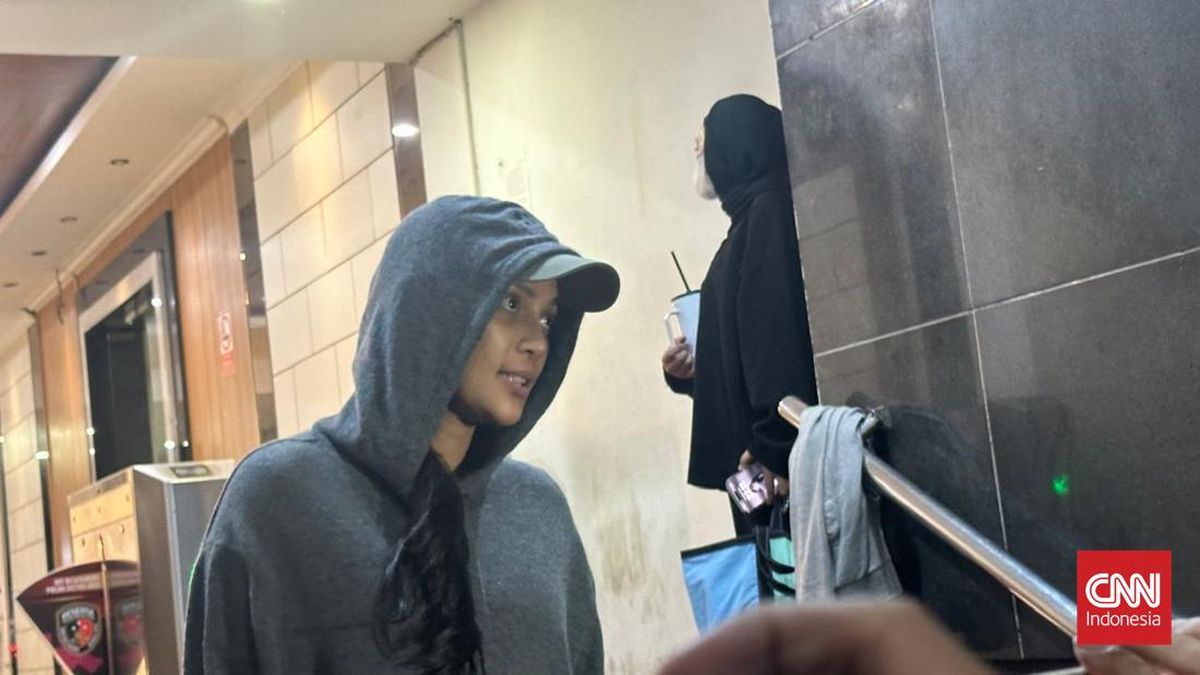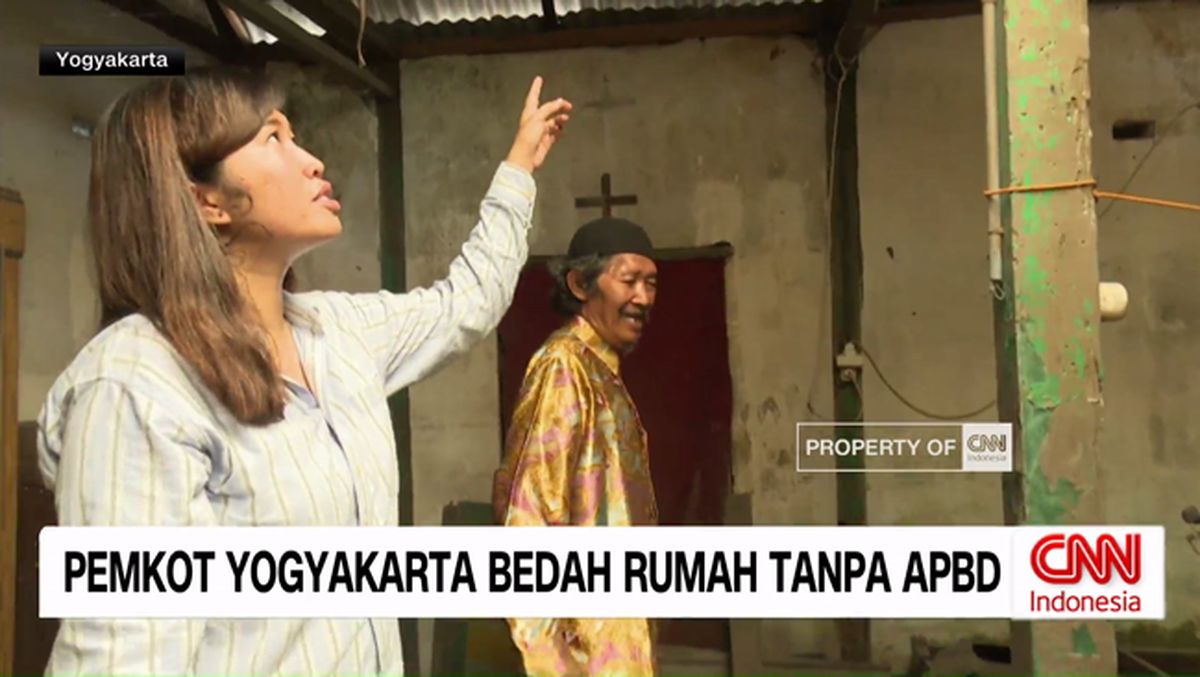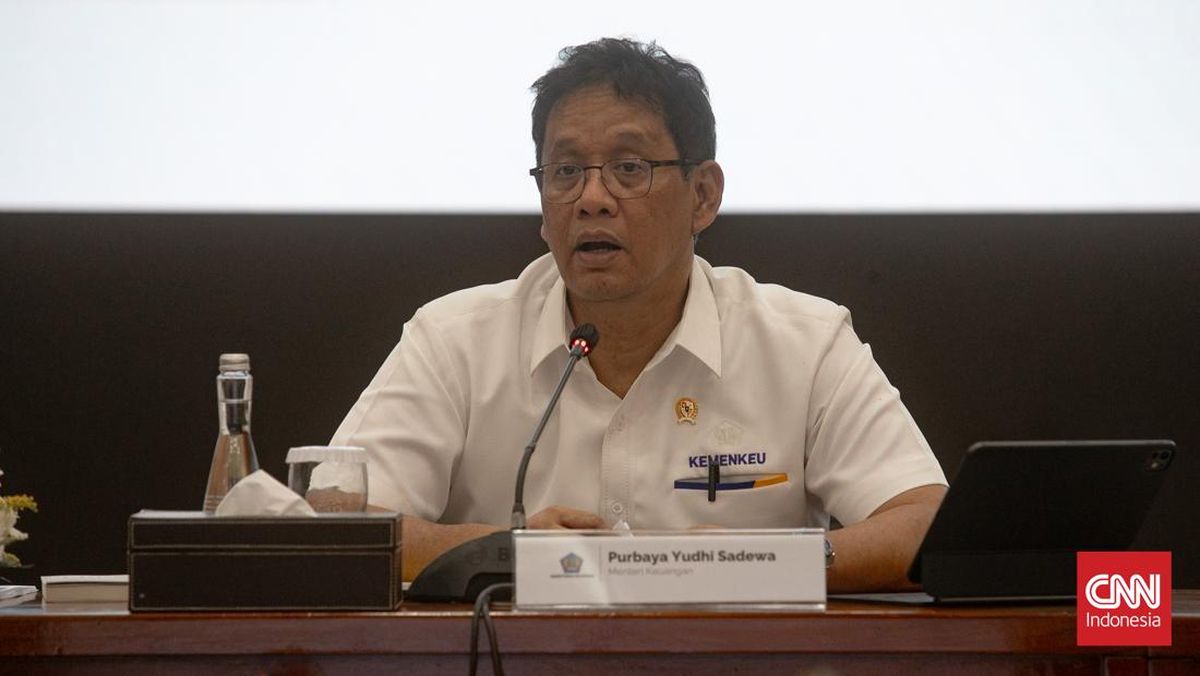It’s midday, and the Palais Theatre is a hive of controlled chaos. The stage is being transformed into an abstracted space overgrown with reeds and flowers, and bays of screens and AV panels are squeezed between the stall seats.
Victorian Opera’s latest production, Katya Kabanova, written by Czech composer Leos Janacek, and directed by Heather Fairbairn, is a technically complex one – a 21st-century production staged in a building that, though beautifully restored, maintains one foot firmly in the 1920s.

Performers preparing to enter the stage at a rehearsal of Katya Kabanova at the Palais. Credit: Wayne Taylor
The Palais has been a part of Melbourne for more than a century. It was a dance hall in 1914, then a cinema, and after being destroyed by fire, it was rebuilt from scratch in 1927. Today, it is mostly a music venue, and Victorian Opera is its resident theatre company. Though the Palais has been restored extensively in recent years – from its major $26 million renovation in 2017 to the installation of a much-awaited new air-con system earlier this year – its 20th century foibles remain. From front of house, it’s a large, resplendent theatre. Backstage, it’s a rabbit warren.
A performance of Katya Kabanova involves nine principal cast members, a 57-person orchestra and a 40-person chorus, supported by 30 crew. A large LED screen and full-sized cinema screen features live-captured video, harking back to the Palais’ history as a movie house. There’s also extra lighting, sound, rigging, about 150 costume items, changing rooms and communications infrastructure in the form of cameras and video feeds networked throughout the venue.
It all has to go somewhere.
Daniel Gosling, Victorian Opera’s head of technical and operations, is a strangely calm presence backstage, despite having bumped in a theatre’s worth of equipment in three days.
“It’s a bit square peg, round hole,” he says. “When we come in it’s literally four bare walls and some curtains.”

Daniel Gosling, Victorian Opera’s head of technical and operations.Credit: Wayne Taylor
There’s one loading dock, for a start, and it’s the size of a single garage door, which opens right onto the street. About six 40-foot containers’ worth of equipment has to come through that dock. If it doesn’t fit through, it can’t come in.
But first, the crew has to dismantle half the stage and remove the front half-dozen seating rows to accommodate the orchestra. With space at a premium, the seats are crammed into a shipping crate on the street. In the car park at the back, a 24 by 12-metre marquee “satellite city” houses overflow wardrobe and production. Make-up and wigs are scattered across camp tables, and a washer-dryer waits to be plugged in. Shrubbery and flowers lie drying on the floor, ready to be used as set dressing.
Victorian Opera chief executive Elizabeth Hill-Cooper says it’s all worth it. She first came to the Palais Theatre when she was seven years old. “My father used to get tickets to the Stars of World Ballet through his work, and my sister and I were mad ballet fans,” she says. “I was sitting in the stalls and I saw Margot Fonteyn and Rudolf Nureyev dance on that stage.”

Dancer Dame Margot Fonteyn at the Palais Theatre.
Apart from the building’s century of history and its art-deco beauty, Hill-Cooper says its acoustics are unmatched.
She recalls the moment she was sure. In 2014, she was sitting in the dress circle with then-artistic director Richard Mills, plotting how the Palais could become an opera venue again. “There were two blokes kneeling on the centre of the stage, and we could hear every word they were saying from way up there,” she says. “And I said, ‘That is why we should come here.’ It’s one of the best venues for opera in the country.”
Even better than the quite prominent opera venue they have in Sydney?
“Yes,” says Hill-Cooper. “The Palais is much better. Much better.”

Elizabeth Hill-Cooper, chief executive of Victorian Opera.Credit: Wayne Taylor
The venue’s history is in full view backstage. Signs commemorate shows by everyone from The Rolling Stones to Dua Lipa. A moth-eaten wage adjustment guide, listing stagehand pay rates from 1959, remains stuck to the wall. Next to that, ancient circuit breakers, some of which are still in use. The fly rails, by which sets, curtains and the venue’s old cinema screen are raised and lowered onto the stage, are still run by a counterweighted rope pulley system (most contemporary theatres have that automated).
The cast are squeezed into a handful of small dressing rooms, busying themselves before their 1pm dress rehearsal.
Antoinette Halloran, the soprano who plays Kabanicha, the devious mother-in-law of Desiree Frahn’s Katya, is finishing off her make-up. Conductor Alexander Briger summed up her character to her as a “horrible, vicious old lady”.
“She’s saying to her son that if he doesn’t step up, his wife is going to have an affair,” says Halloran. “She’s an archetype in a way, the typical mother-in-law, and she’s kind of misogynist as well. But she’s not wrong. It’s a tricky role to play. I’m just playing it in the context of when it was written. It’s a piece of history.”
Halloran, too, has memories of the Palais running through her life. Her favourite is seeing INXS. “My girlfriend got up on stage and kissed Michael Hutchence,” she says. “I was so jealous.”

Antoinette Halloran plays Kabanicha in Katya Kabanova. Credit: Wayne Taylor
While we talk three other actors huddle in the tiny room. “It’s cosy,” says Halloran. “Some of the newer theatres feel a little bit … clinical. Here you get the feeling that you’re all in it together. We have a lot of fun. It’s only two shows. If it was two years, it might be a different story.”
Before the show, the orchestra will be crowded into a small, damp-smelling room beneath the stage. Then they will crawl into the pit via a four-foot-high “Hobbit door”. The wind from Port Philip Bay is a ghostly hum.
“The old girl’s got a few gaps,” says Gosling. “She’s a bit weepy sometimes. When it rains we’ve had water coming in down the walls.”
It used to be worse. Before the recent air-con installation, the orchestra pit was either freezing cold or boiling hot. The musicians often relied on little electric heaters and “electric nana blankets” over their knees.
Of course none of this will be evident when the curtain comes up on Katya Kabanova.
Loading
“It’s a really beautiful venue, so long as you can master it,” says Hill-Cooper. “Once you’ve got someone like Dan who knows how to manipulate the schedule and make the Tetris of getting it all in here work, you’re home and hosed.
“You forgive it all its sins because it’s so beautiful.”
Victorian Opera’s Katya Kabanova is at the Palais Theatre on 14 and 16 October.
The Booklist is a weekly newsletter for book lovers from Jason Steger. Get it delivered every Friday.


















































